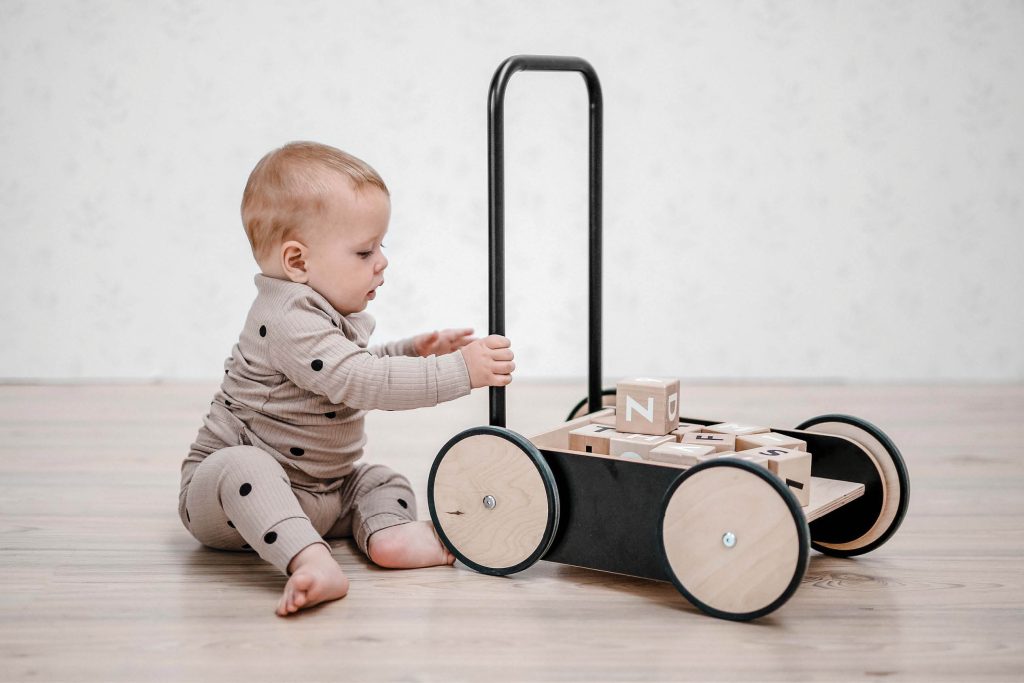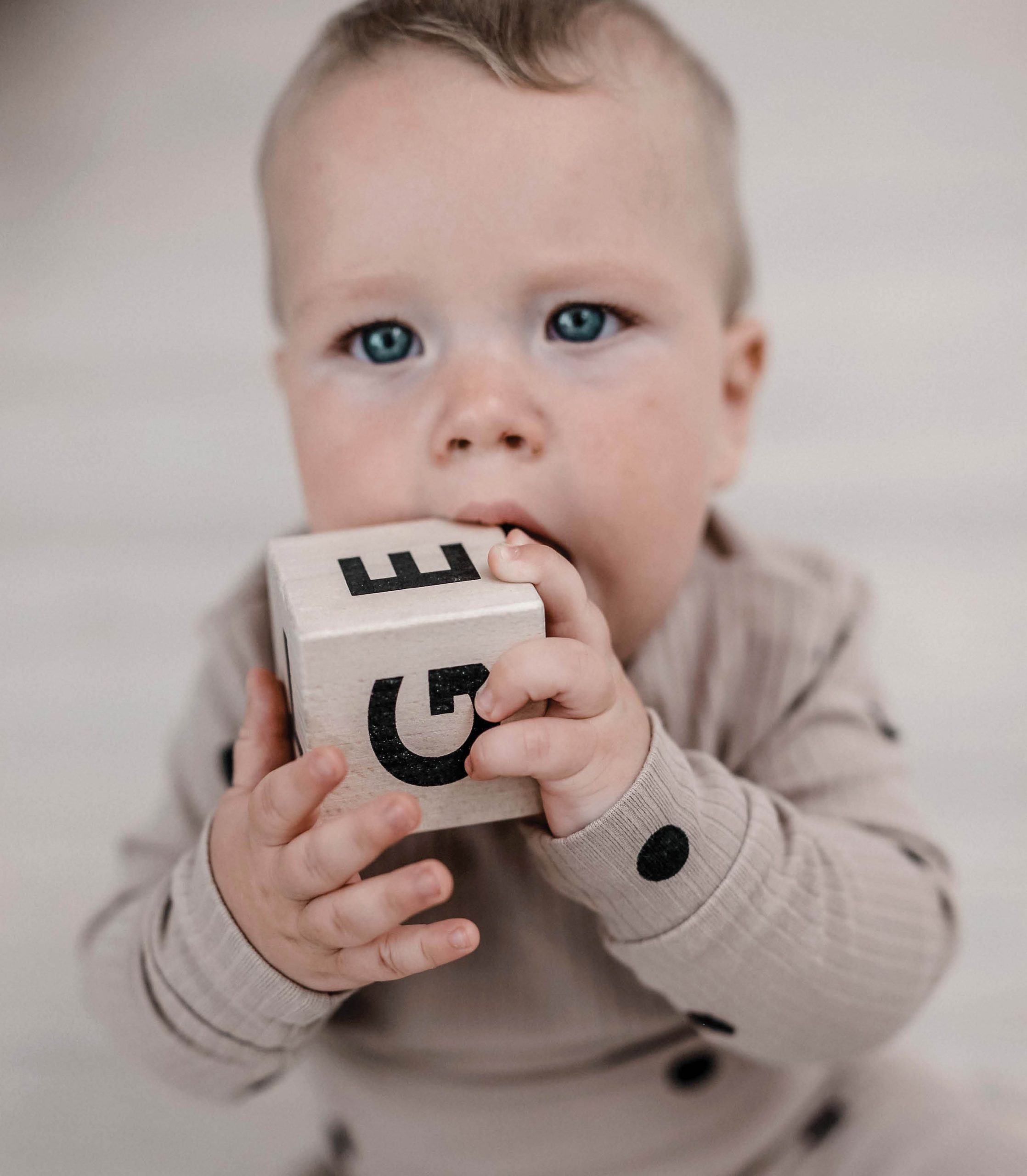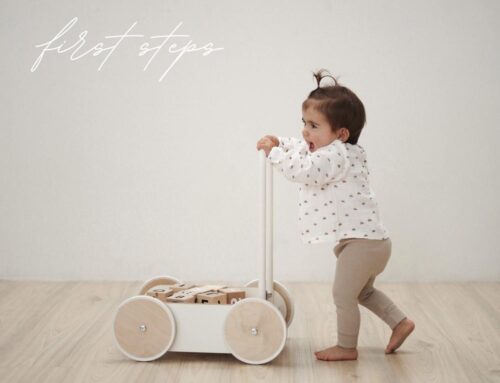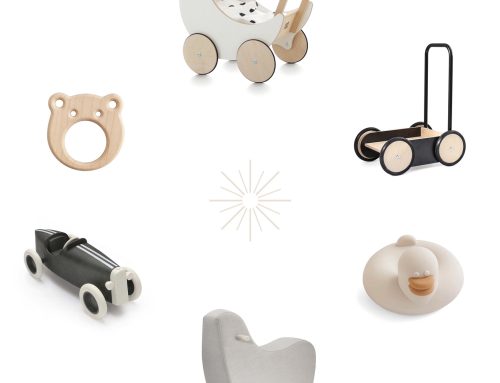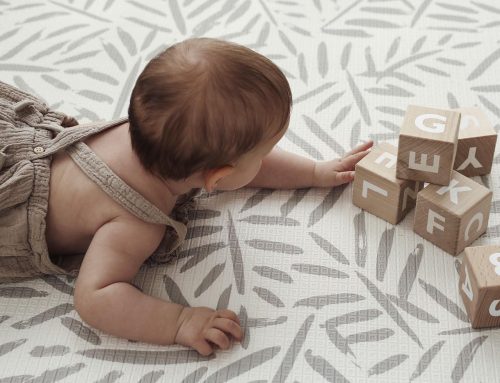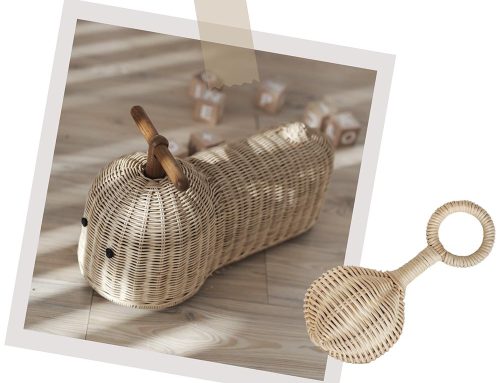Children explore the world on their own and use their senses to learn about everything that surrounds them if only we let them do so. The greatest satisfaction for a child is when they learn something new. That is why it is important for parents to recognize this need and let the child explore. Sometimes it’s a little thing and something that is difficult for us to watch, such as letting our child dirty their hands in mud and look for earthworms in it. The excitement experienced upon doing this will have a much greater effect on the child’s life than a dessert after lunch. In upbringing, parents should focus more on the real interests of the child. This does not mean games and romping around the house, but their innate nature to explore.
Every child is born with a desire to learn, and this desire is best met through exploration, wondering about things, thinking about them, searching, finding out how something works, what it is made of, etc. We grown-ups are those that can ignite the spark in them and kindle their love for learning by taking them to nature, perhaps on a farm, to a museum or to some castle ruins. The list is endless, but keep in mind that our home and the surrounding area can also be a good place for children to learn how things work and how to use them.
The world-renowned physician and educator, Dr. Montessori, observed children through her work and found that they have an innate instinct and motivation to learn. This is also evident in babies, because when they reach a certain age, they start showing interest in objects around them; they start reaching for them, grabbing them, crawling in order to reach them, and finally they begin to walk to be able to move around faster and to run. In a child-tailored environment, a child can learn to write and read, to calculate and add, and to learn about the world from the early years onwards. Learning through exploration is something that brings joy to them.
It is important to be aware that children do not learn with the objective to finish something but to repeat and master it. We, the grown-ups, are often focused on the objective of our tasks, while we forget to enjoy doing something, to have fun and to just enjoy learning; moreover, we forget that by carrying out a certain task, we get to know ourselves.
When observing our child’s natural learning, we can help them by following the steps below:
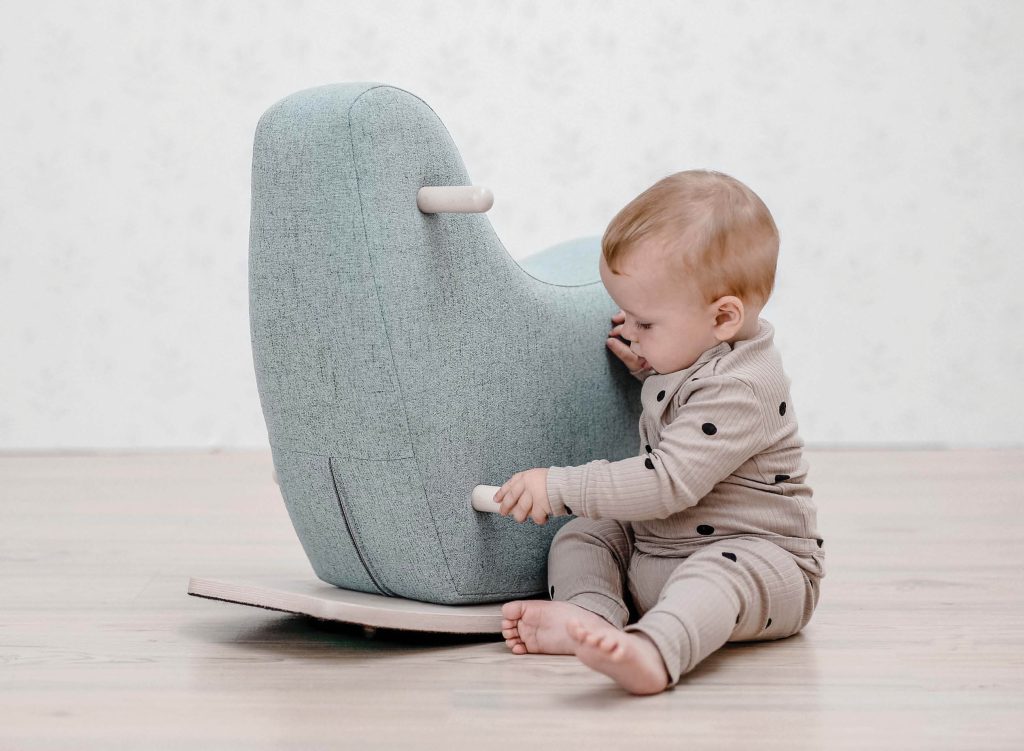
Observe your child and follow their lead
Children have an innate desire to explore. Observe your child and as much as possible do not disrupt their concentration when you notice they are focusing on a specific object. This may mean that for a certain period of time your child will want to read the same story night after night and talk about farm machines; perhaps they will want to go for a walk, then stop and observe the things around them, the things on the ground, and talk about them. This does not mean that you need to stop every time they wish to do so, but make sure you find the time, at least once a week, to go for such a walk where you will be guided by your child who wants to show you their interest in the world around them.
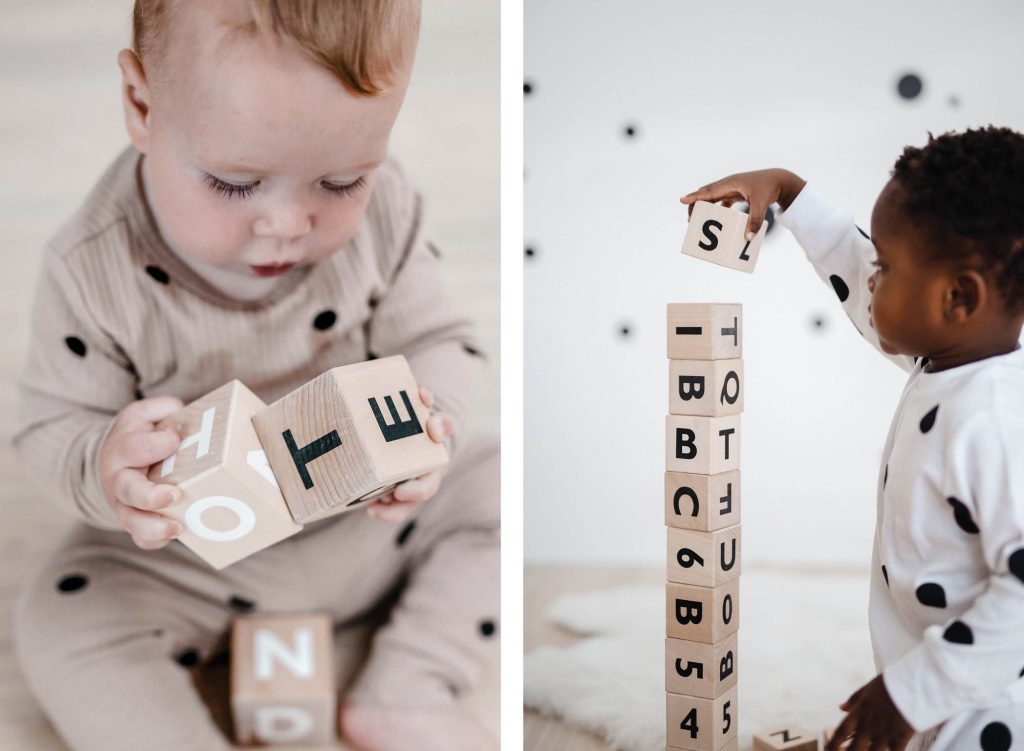
Involve your child in everyday chores
When we involve our children in household chores, we think of the chaos this might cause and things taking much longer than usual. However, we forget that by involving our child in chores and by requiring their help, they get accustomed to a certain routine and obligations, and we also make a connection with them and create a bond, because we do the chores as a family. Small children are always willing to help and are happy to be involved in family activities; therefore, we need to make sure this does not change as they grow up, but this is not possible without the delegation of activities and showing trust in our children. Children need responsibilities to feel important and involved.
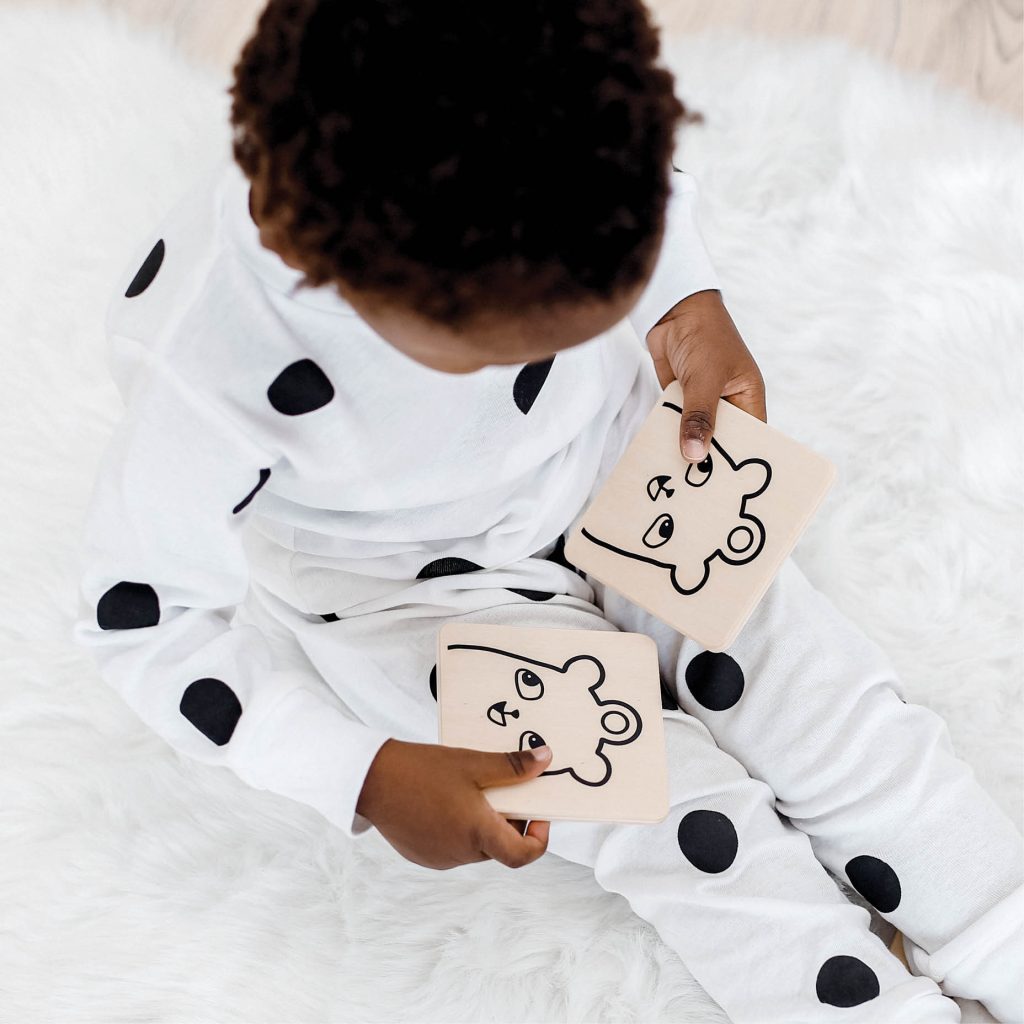
Facilitate creativity, let your children marvel at things and observe them
Facilitating imagination is not the same as facilitating fantasy. Children under the age of six have difficulty distinguishing between what is real and what is imaginary. Facilitating children’s imagination so that they are able to create their own play is the best method of playing and learning that children can carry out on their own. This is how they create their own play, use their imagination and ideas, and test what is possible and what not.
We parents can also facilitate our children’s artistic creativity by selecting beautiful and natural materials in their environment and prioritizing quality over quantity. We should not forget to arrange a creative space for our children – a space allowing disorder, creativity and exploration. Let your children smudge their hands, play with colours or dough, and let them marvel at the resulting changes of structures.
